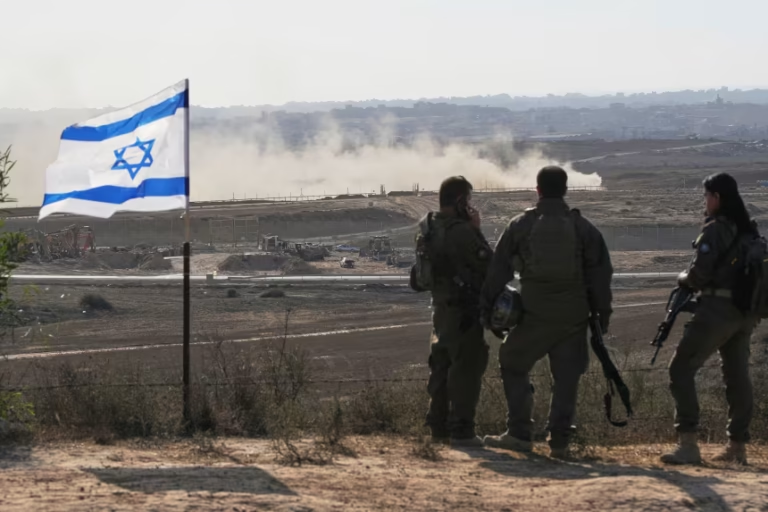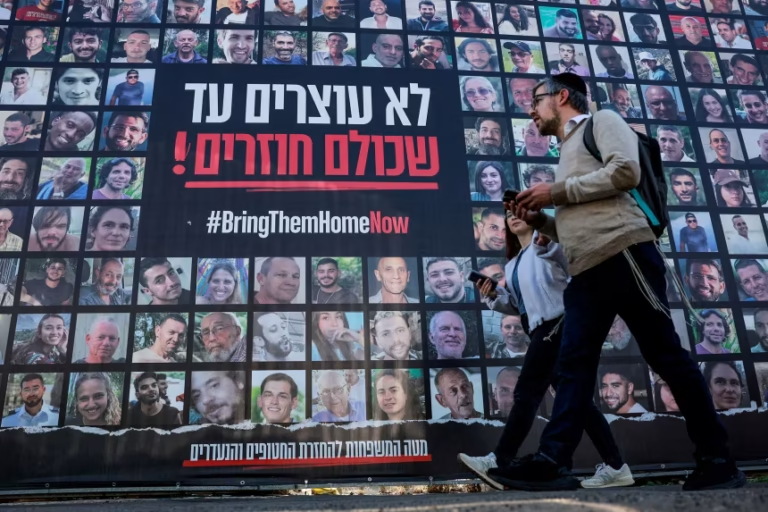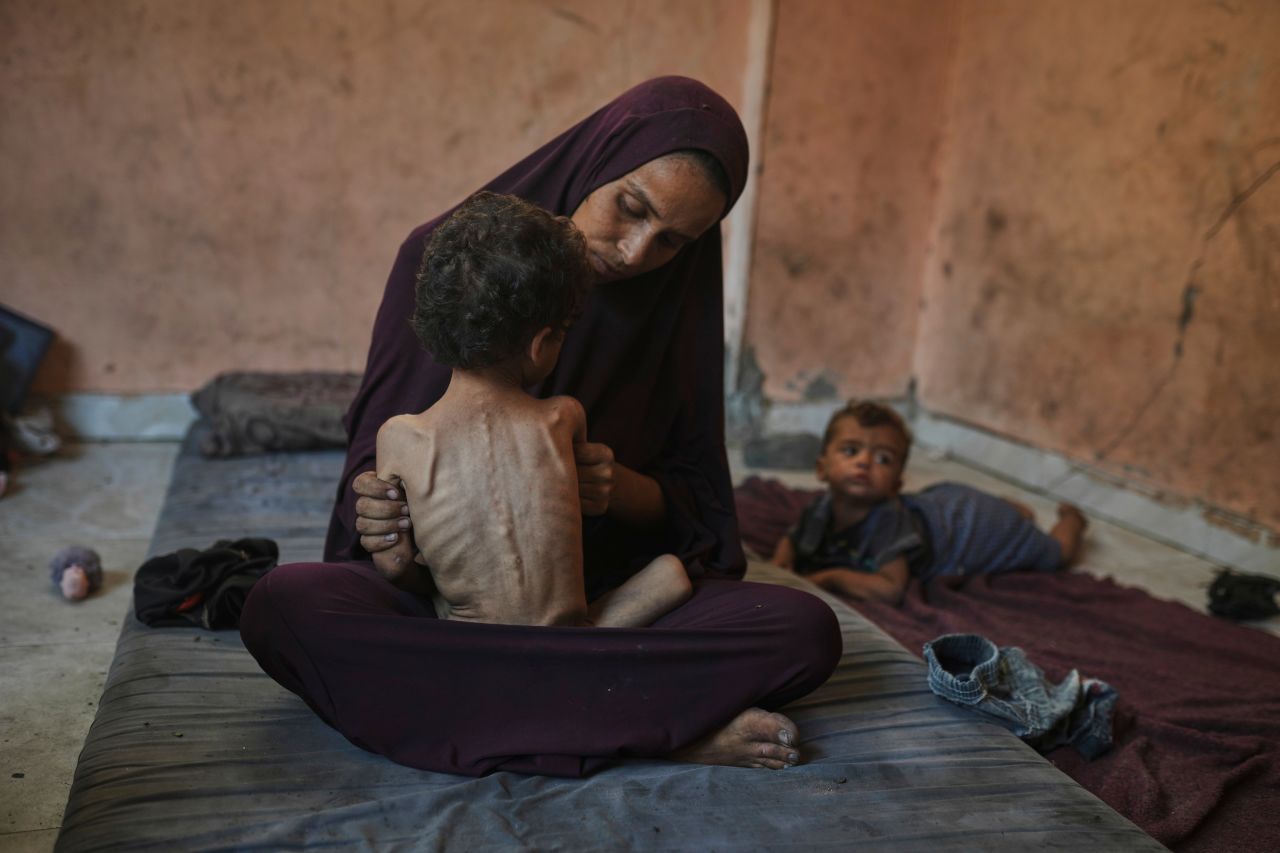
What is the Hold?
Beginning that day, between 10 a.m. and 8 p.m. local time, Israeli activities in those regions will be halted “until further notice” ⏱. Moreover, specific safe land routes will be accessible every day from 6 a.m. to 11 p.m.. for aid trucks supplying food, water, and medication.
Israeli officials emphasize that this is a tactical ceasefire, not a political one—combat persists in other areas, with the declared goal of overcoming Hamas and ensuring the release of hostages. The pause is said to apply only in areas where Israeli forces have intentionally chosen not to act, although these same regions have witnessed airstrikes and ground confrontations recently.
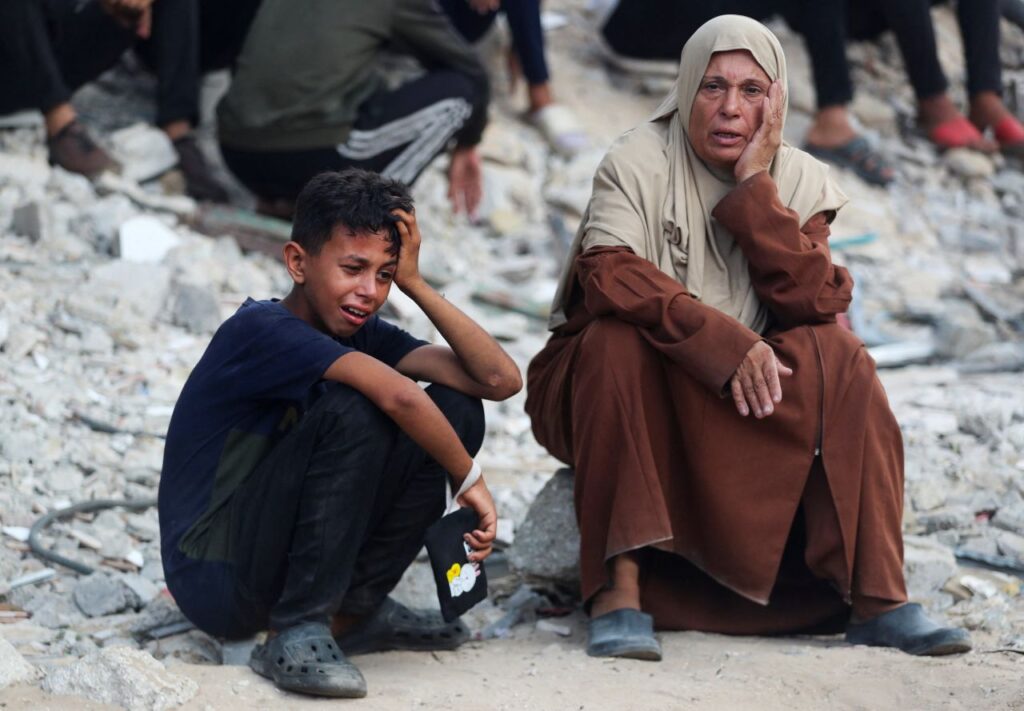
Why choose now for the decision?
The action follows widespread global outrage claiming that Israel’s blockade and limitations on aid supplies have led to a man-made hunger crisis in Gaza, where food scarcity, malnutrition, and child deaths have increased dramatically.
The UN and human rights organizations have charged Israel with employing starvation as a tactic of war, breaching international law, with some deeming it a possible war crime.
Officials in Gaza indicate that hundreds—possibly exceeding one hundred—deaths due to starvation have occurred in recent weeks, particularly among children. According to Gaza’s Health Ministry, more than 120 people have died from malnutrition, with almost 85 of them being children since the conflict started.
Thousands more have perished while trying to reach aid locations, especially near facilities operated by the Gaza Humanitarian Foundation, supported by the U.S. and Israel. It is estimated that over 1,000 Palestinians have lost their lives in efforts to secure food.
Israeli authorities justify the ceasefire and air drops as essential for responsibly providing humanitarian aid and contend that claims of starvation are a misleading narrative spread by Hamas. They also assert that the UN has poorly handled distribution, and imply that famine images are altered or presented in a misleading context to advance a political agenda.
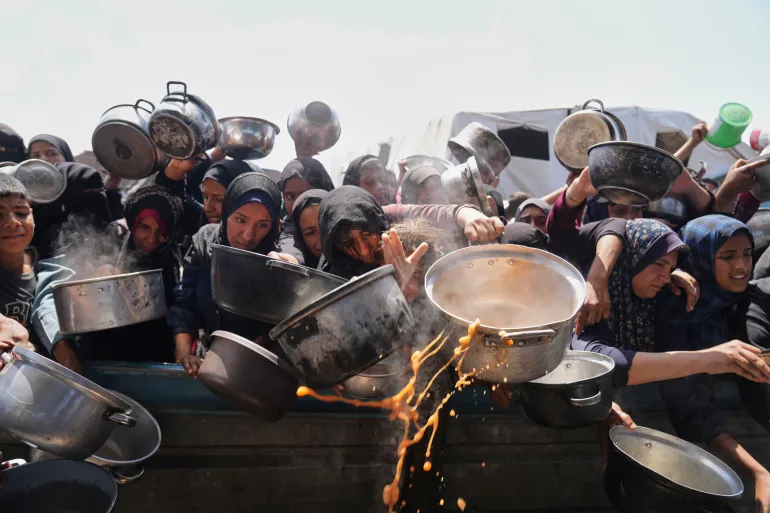
Humanitarian Aid & Reproach
UN leaders and humanitarian organizations have praised any advancements in access but stressed that the scale is severely inadequate, and the actions do not tackle the underlying causes of the crisis.
Philippe Lazzarini, the head of UNRWA, referred to airdrops as “costly, ineffective, and hazardous,” claiming they serve as a diversion strategy instead of a resolution.
Experts caution that safely lifting the blockade and establishing permanent crossings is crucial. At present, merely two crossings are functioning, and assistance from thousands of trucks in Egypt and Jordan is still predominantly halted.
According to the World Food Programme, tens of thousands of women and children need immediate care for acute malnutrition, with estimates of 90,000 people in critical condition, and the number of fatalities rising above 128, more than half being children.
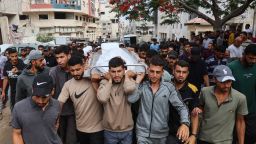
Reality on the Ground
Despite the ceasefire period, assaults and deadly violence persisted, with accounts of at least 43 Palestinians killed on the same day the tactical pause commenced, including several hit in zones labeled “safe” by Israeli forces.
This disparity has prompted humanitarian observers to doubt the authenticity and implementation of the pause.
Gaza has now been under a severe blockade since March 2, 2025, with significant restrictions on food, fuel, and medical supplies. In May, Israel eased some restrictions and assigned delivery responsibilities to the U.S.-backed Gaza Humanitarian Foundation, putting aside the UN-controlled pipeline.
The UN asserts that numerous aid appeals were rejected based on Israeli standards and administrative processes.
What comes next—and why it is important
Although the tactical pause might enable essential supplies to reach civilians, it has faced significant criticism for being too narrow in scale and scope to effectively tackle the growing hunger crisis. Absent significant policy changes—such as ending the blockade, reopening land borders, and guaranteeing that aid reaches the communities in need—widespread malnutrition and starvation are improbable to diminish.
Global leaders from the UK, EU nations, Jordan, Egypt, and others have urged for a complete ceasefire and increased humanitarian access, with Keir Starmer from Britain expressing backing for collaborative actions like airdrops and evacuations.
For the two million inhabitants of Gaza, who depend on steady supplies of food, water, and medical aid for survival, the tactical pause might provide a brief relief—but critics caution that without fundamental changes in access and policies, it could turn into a meaningless gesture rather than a true lifeline.
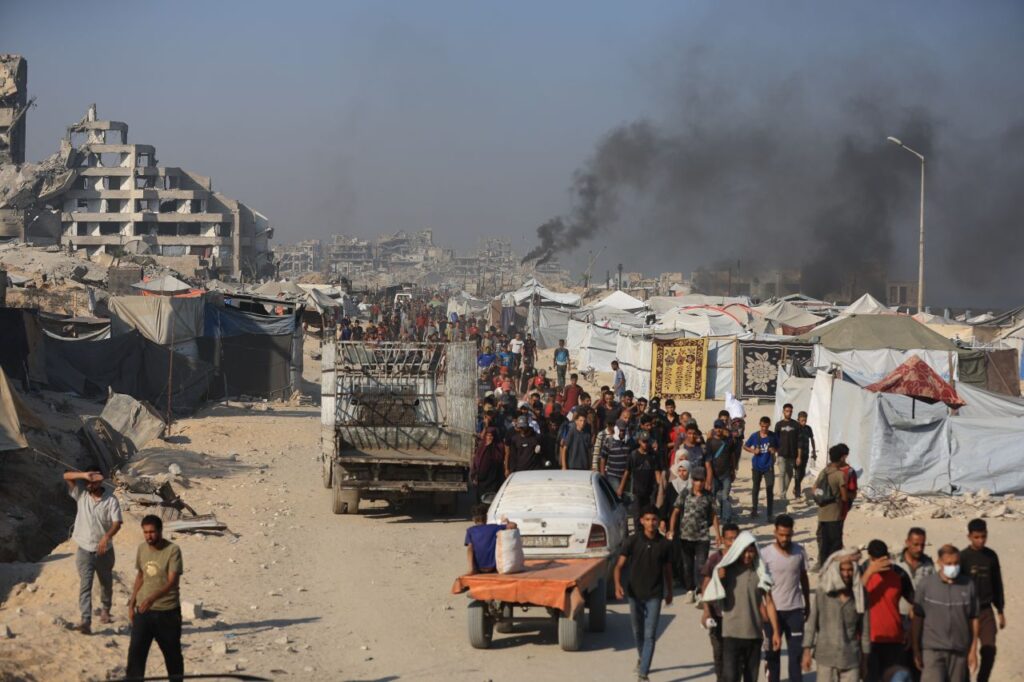
In summary: On July 27, 2025, Israel implemented a 10-hour daily tactical halt in three regions of Gaza and established humanitarian corridors to respond to rising global anger regarding starvation. Although aimed at establishing essential aid routes in collaboration with the UN, the initiative encounters significant doubt due to ongoing violence and claims that Israel’s blockade and limitations constitute intentional starvation per international law.

